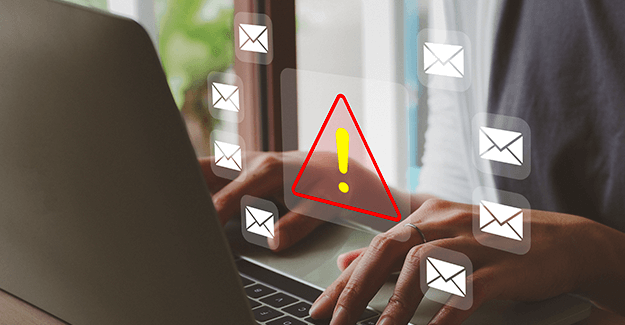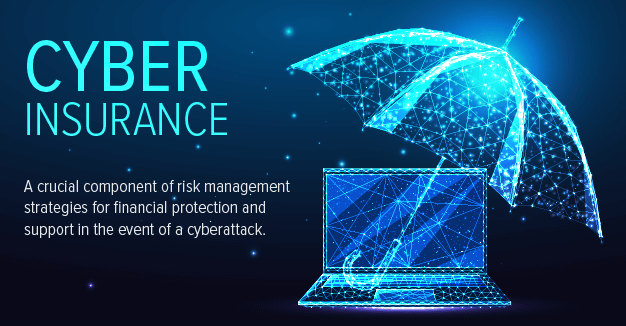Celebrate with Us! RDI Achieves 2025 MSP 500 Prestigious Recognition!
Better Identify Malicious Emails
Post Date:

Malicious emails have become a common issue for businesses over the years. In fact, business email attacks increase 8% each year. There are multiple kinds of email attacks, but the most common are BEC (Business Email Compromise) attacks and phishing. These malicious emails are used for malware, ransomware, viruses, and other cyber attacks. For example, Purplesec’s 2021 Cyber Security Trends Report noted that 66% of malware is installed via malicious email attachments and 21% of ransomware involved social actions, such as phishing.
Unfortunately, cybercriminals are opportunists who like to take advantage of vulnerabilities (technology and otherwise), disasters, and crises (such as Covid-19). Cybercriminals often play on your emotions, desires, fears, and generosity to trick you into clicking a bad link, opening a malicious attachment, or paying them money.

